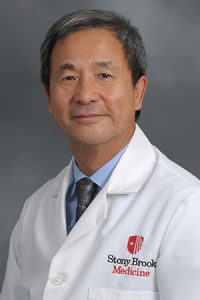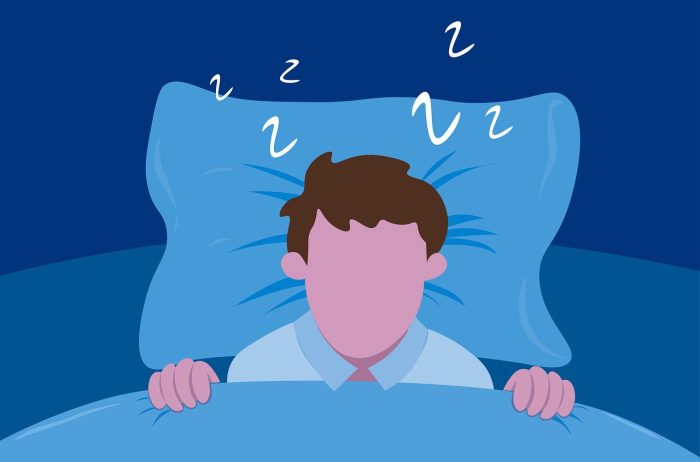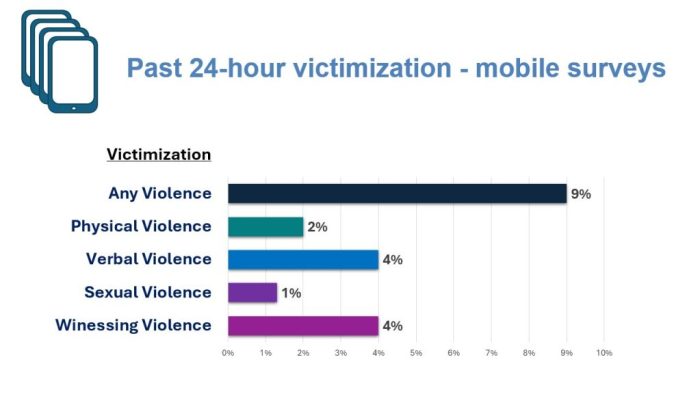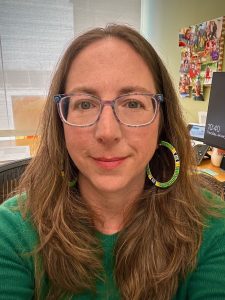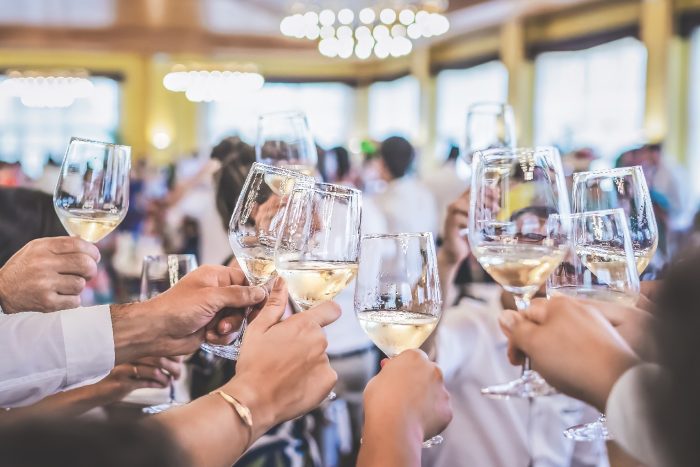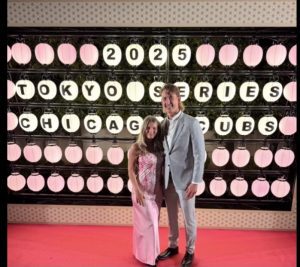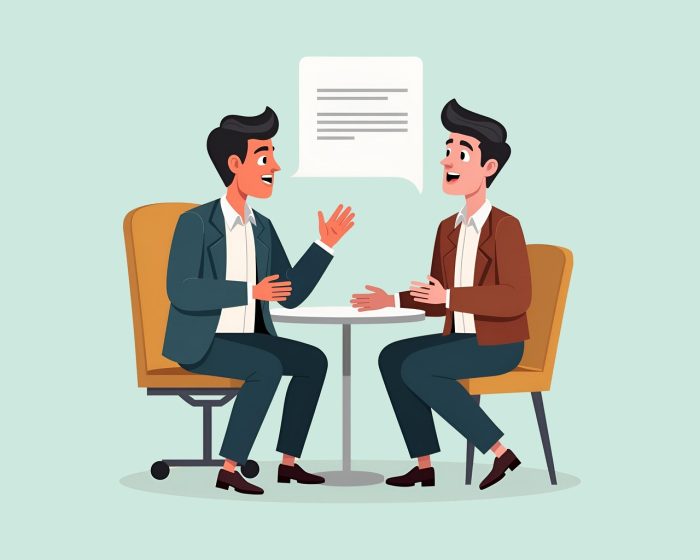By Daniel Dunaief

Their names fly by after the final scene amid music that often recapitulates what we’ve just heard in a movie theater or at home during a streaming film.
In fact, oftentimes, the streaming services will suggest the next film before the credits role, giving us the option to move effortlessly from one movie to the next without pausing to allow the movie to resonate or to squint at the names during the credits.
Every industry is filled with the invisibles. These are the people who make stuff happen, but who are not at the center of an effort.
Take dining out. We see the maitre d’, the waiter or waitress and we might even acknowledge the cook or the sushi chef. But, really, numerous invisibles are a part of the food process, from the fishermen who woke up before sunlight to catch the fresh fish we’re considering eating to the farmer who planted and harvested the vegetables to the truck drivers who ship these products all over the state and the country.
We are often a part of a bigger industry that relies on the services of others, many of whom we don’t know or see but who contribute to our lives.
Products like pharmaceuticals rely on numerous contributions. Patients take a drug during its clinical trials, tended to by doctors and nurses, while scientists may have discovered a potential target for an illness or a disease and then searched for a small molecule that might change our fates or improve our condition.
The invisibles also glide by the way homes and the tops of trees pass as a part of a blurry landscape when we’re riding the Long Island Railroad.
We walk by people as we navigate a crowded sidewalk towards a Broadway show or on our way to an important appointment in the city.
We sit at a traffic light to turn left, waiting for the cars we can see, but not necessarily the people in them, to pass us so we can get to our destination.
When children are young, they see and observe everyone. As my wife and I used to say, “the recorder is always on,” whether someone is lecturing about what children should know or do or is setting an example or, as the case may be, a counter example.
I was on a plane recently when a mother holding a baby in front of her stopped to wait for others to put away their luggage. Unconcerned about social convention, the young child stared at my wife and me, then shifted his eyes and looked directly at the people in the row across the aisle.
The mother continued to look straight, anticipating the moment when she could continue past us on her way to her seat.
Social convention keeps us from looking directly at people for too long. We don’t want to make them uncomfortable and, sometimes, we also don’t want to encourage everyone to engage in conversation with us.
As we pass through various grades, we become selective about our friends, no longer feeling the need to invite everyone in class to birthday parties.
When we’re older, we attend larger gatherings and we greet everyone. Well, no, not exactly everyone. We may not spend much time chatting with the busy waitress, getting to know members of the other family at a wedding, or connecting with the Uber driver who took us to the catering hall.
We don’t need to acknowledge everyone all the time. That would be impossible. Some people also enjoy the freedom a cloak of invisibility provides. Some of my favorite parties, in fact, were those where so few people knew me that I had no social responsibilities or obligations, allowing me to dance with arms flailing and shoulders shimmying with a relaxed grin pasted across my sweaty face.
And yet, there are those times, when someone is sitting alone or is taking another long drive, when a few words might provide the kind of connection that helps them feel seen.
To return to the movie example, we sometimes watch characters who are otherwise ignored or written off who become central to other people’s lives. Those people may be waiting for an opening or an acknowledgement or for the opportunity to feel our recognition and appreciation. We can be moved by people who lived hundreds or thousands of years ago, but we can also move with those who share time and space with us today.




